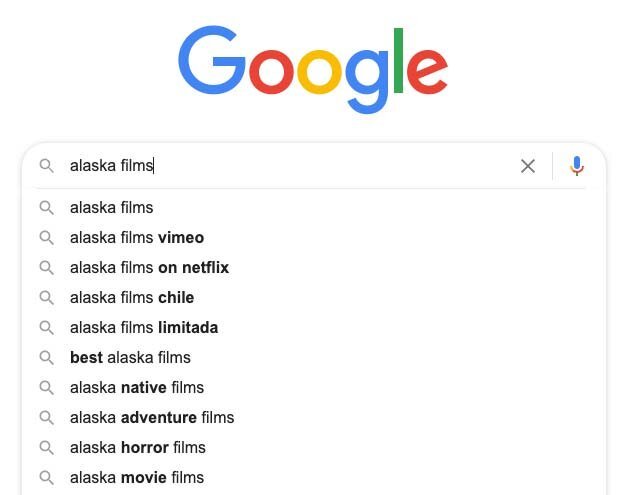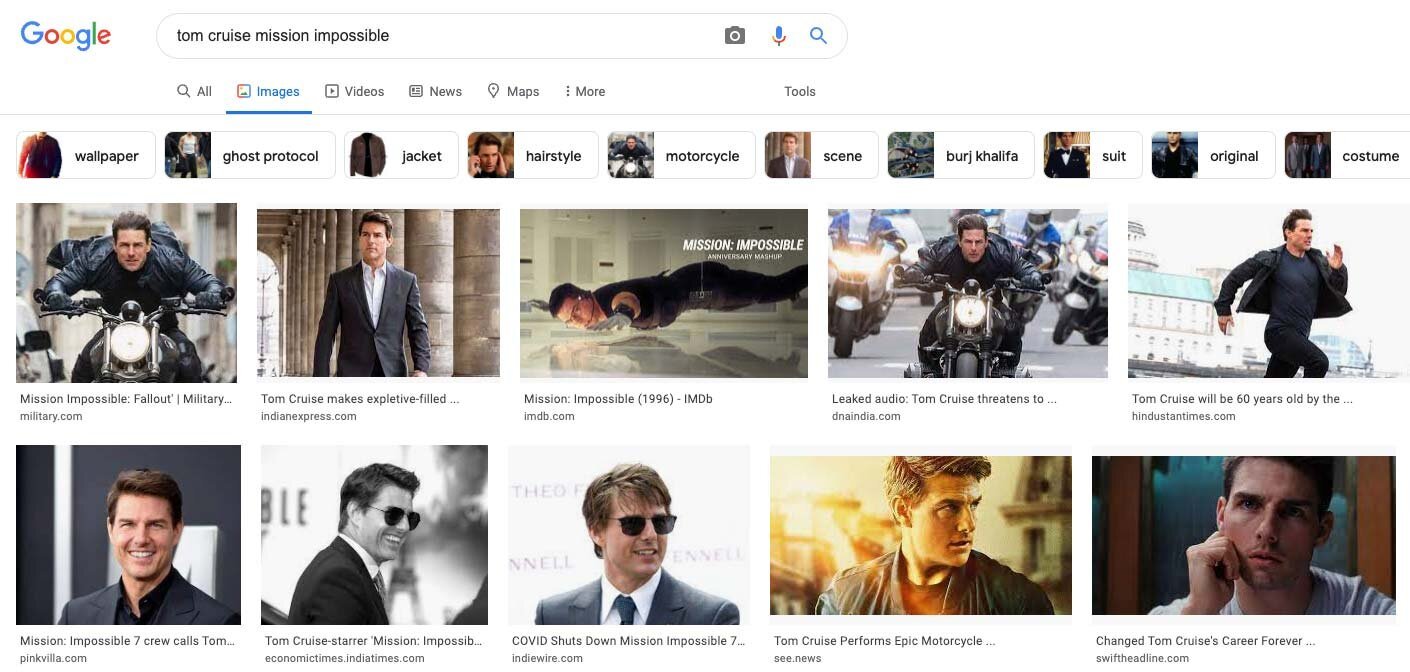SEO for OTT platforms [6 best practices]
When it comes to succeeding online, content is king! Great news for OTT and SVOD platforms since their whole existence relies on having great content. Right?
Well… yes and no.
Streaming platforms are set up for success in the sense that they have an endless supply of content at their fingertips that can appeal to a wide audience. However, simply having the content isn’t enough to get noticed.
Successful digital content is increasingly dependent on searchability, with good rankings given to those who provide an abundance of relevant information about their offerings.
According to the Interactive Advertising Bureau (IAB):
With this in mind, it is surprising how little effort streaming services put into making themselves discoverable online.
Here are 6 tips to help you start optimising your OTT platform for SEO (Search Engine Optimisation) and start driving more viewers to your service.
Produce quality written content
Since videos are the primary offering on streaming sites, written content production can often be overlooked. An unfortunate reality since written information is still the most valuable resource in search and discovery.
Generating copy about your programs can help users find your video offerings, build better awareness about your brand and as a result lead to more viewers.
For example, if you offer a documentary series that takes place in Alaska, you could write about the film location so that if someone googles something about Alaska, your series shows up.
The more relevant information that you can provide, the better chances you have of ranking high in search engines and recommendation platforms.
Copy that you can create can be connected to actor bios, program synopsis, film locations and more. This is in addition to standard metadata such as genre, cast and parental ratings.
Read this article for more information on how to use metadata for content discovery: Why Rich Metadata May Be The Sharpest Weapon in the Streaming Wars
2. Use the right keywords
In connection to creating engaging content, you want to be doing keyword research to ensure you are focusing on the topics that your target audience is searching for.
These could be single keywords such as the name of your program or long-tail keywords or phrases that describe something about the program you offer.
Tools such as Ahrefs or SEMrush are a great place to start doing this research. Otherwise, you can also try typing terms into Google and see what suggestions they offer.
Including specific keywords in your copy is key if you want to get your programs to show up on the right search engine result pages (SERPs).
QUICK TIP: Don’t overuse keywords. Quality should always be your focus when producing content and ranking for keywords. Always make sure that you’re adding some type of value with the content you produce; otherwise not only will Google penalise you, but so will your audience. Read more about poor marketing practices here: This kind of metadata makes viewers hate you.
3. Optimise your videos and images
Here is some good news. When it comes to using video and images, streaming sites are pretty much set since this is the foundation of their business.
However, don’t get lazy when it comes to naming your files. Images and videos make up a large part of search engines these days, and if your files are labelled using generic names such as <<IMG2022.jpg>> or <<MOVIE2021.mpeg4>>, they won’t show up.
In order to take advantage of this exposure, make sure you rename your multimedia files using keywords that describe exactly what they are showing.
For example, if one of the films you have rights to is Mission Impossible, you can use something like <<mission-impossible-tom-cruise.jpg>> for the thumbnail image and <<mission-impossible-tom-cruise-trailer.mpeg4>> for the trailer. That way if someone searches for “Tom Cruise” or “Mission Impossible” your offering will show up on search results.
4. Obtain high-quality backlinks
Think of backlinks (a link coming from another website that links back to yours) as a type of social proof when it comes to SEO. The more backlinks you have, the more Google will see you as a trusted source and the higher your rankings will be.
In addition, identifying external partners and resources that can drive consumers to your content is a great way to attract more viewers. This can be tv-listing sites, press sites, high ranking blogs or streaming guides such as Playpilot and Reelgood.
Make sure to feed relevant and correct information to them so that they will link to you (preferably as deep links to each respective program) and present your content in the best possible way.
5. Optimise your meta titles and descriptions
Meta titles and meta descriptions are what users see when your site pops up on a SERP. Having poorly worded descriptions or none at all could play a large factor in why users don’t find your service or why they don’t click through to your platform.
When someone is searching for a specific show or film that you offer, you especially want to make sure that it pops up.
For example, Discovery Go has made sure to create a clear meta title and meta description for Deadliest Catch, so that anyone searching for this show can quickly find where they can watch it.
Create clear and unique meta titles and descriptions that include your main keywords for every program to ensure you get seen and clicked on.
6. Double-check your URL structure
URLs may not be at the top of your mind when it comes to SEO and content discovery, but they definitely should be.
Considering that URL structure is one of the ways that search engines crawl and index your site and that they are not that hard to edit, there really is no reason why your URLs shouldn't be optimised.
In order to get the best result out of your URLs:
Name them based on the content you are offering or the main keywords you want to rank for
Use hyphens instead of underscores
Avoid using dynamic URLs (you want google to index only one)
Here is an example of a well-structured URL:
Conclusion
Unfortunately, the web and the streaming industry is continuing to get more competitive. As a result, having an OTT platform that is optimised for SEO can play a crucial role in getting your content discovered and attracting more viewers to your service. It may seem like a lot of work, but if you follow these 6 best practices, you should start to see an improvement in your SEO in no time.
Clipsource has been hired by some of the industry’s finest entertainment brands to enrich and streamline metadata distribution and help increase the visibility of their programs. Contact us today to learn more about how you can unleash the power of your programming.






